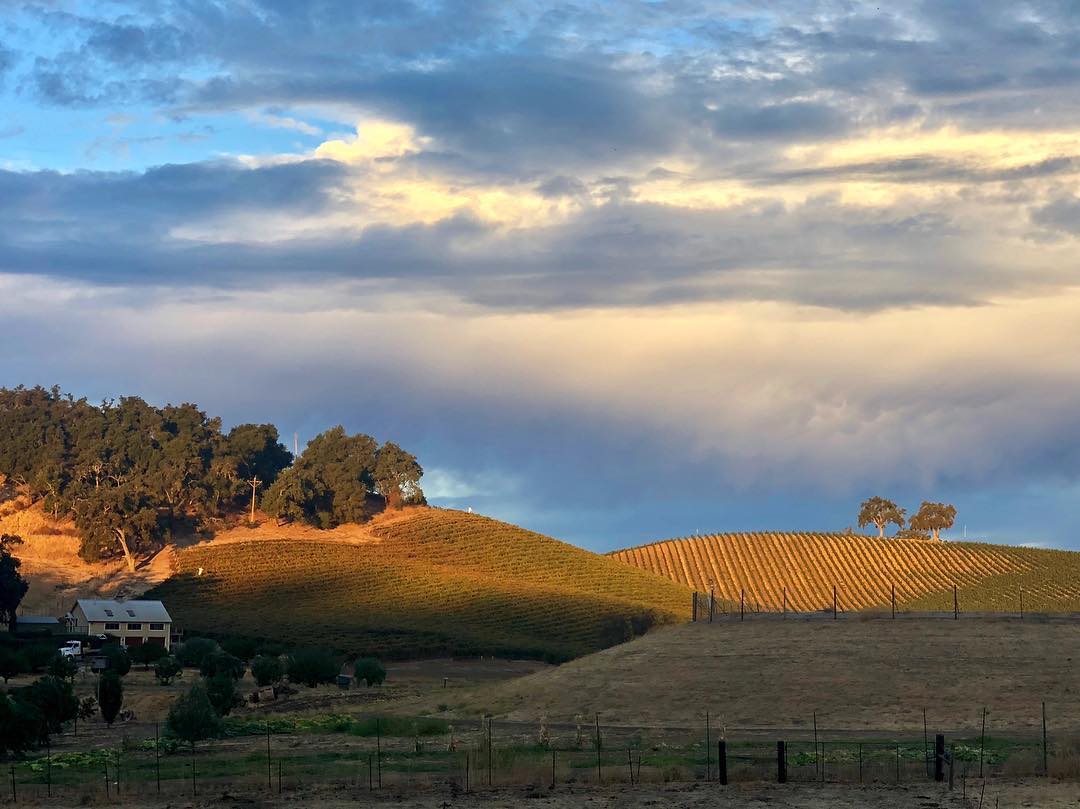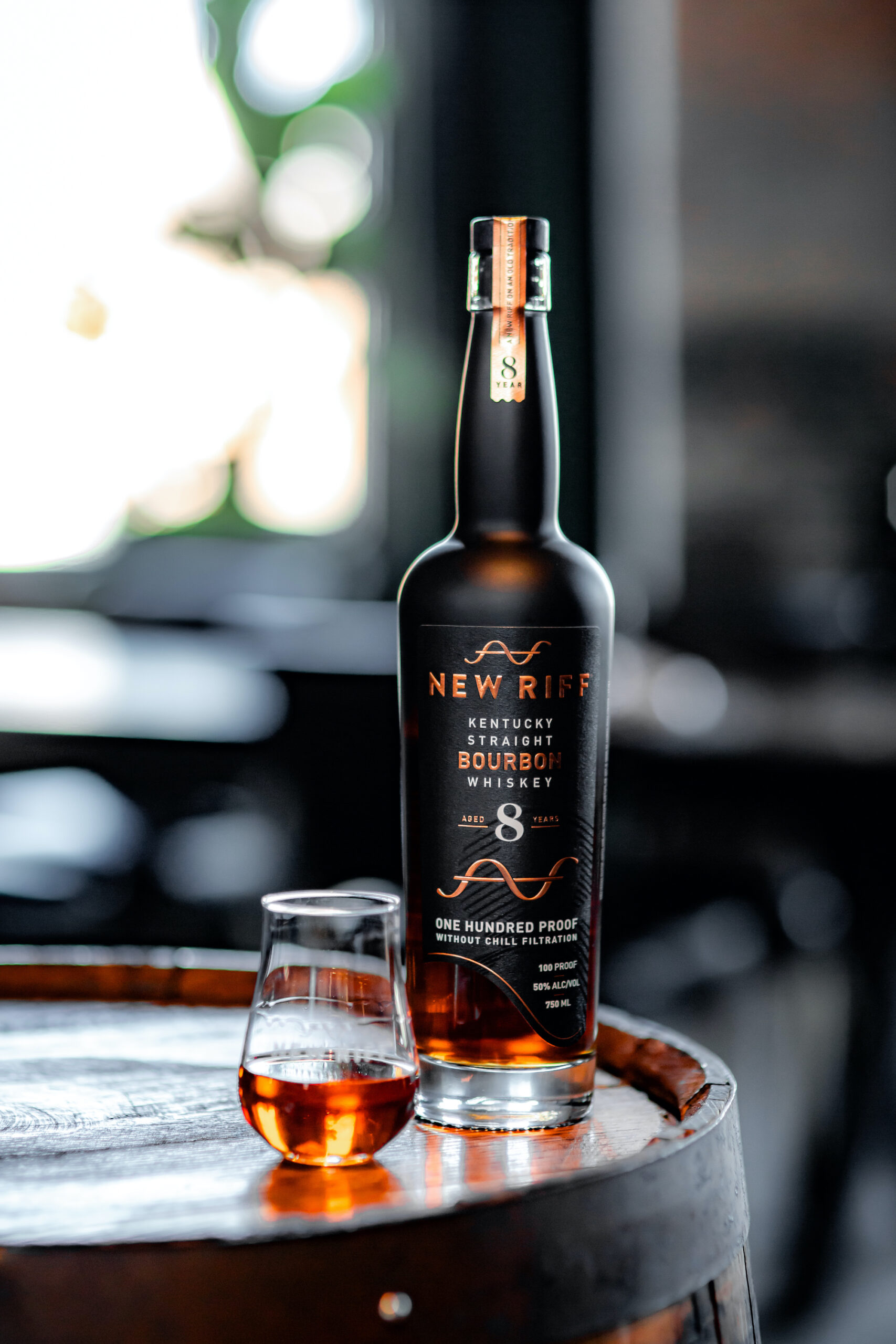Dear Eve –
We recently received a query from a Farm Club member about old vs. new world. We thought you’d enjoy the Q&A…
- Within our family, we are having a disagreement on what constitutes old world vs. new world wine. If it’s just on location, anything produced in Paso would automatically be considered new world. Are there certain characteristics old world vs. new world wines might be known – such as old world style wine as muted, subdued, earthy, while new world style wine as intense and fruit forward. What would you say on this?
- Sometimes, the easiest questions result in the hardest to answer!!
 A couple shorthand items…
A couple shorthand items…
OW = old world
NW = new world
Overcropped = when a vine carries more fruit than it is able to fully ripen
OK, here we go…we would not regard “intense” as the axis by which to define wines high in intensity as NW. Rather, intensity is an adjective that can be used to describe aspects like complexity, internal tension or vibrancy. Some of these aspects are driven by acidity and others by minerality. Both acidity and minerality are definitely an attribute of wines that we like to think of as OW. So intensity is not a way to distinguish OW-NW.
“Fruit forward” could be an attribute of NW, but we have to qualify that: NW tend to be fruit forward not only because they have lots of fruit, but also because they are missing the acid-mineral-fruit balance. So their fruit becomes the dominant aspect of the wine.
We would also not define “subdued” as an OW characteristic. For the reasons of the previous paragraph, as well as because subdued could be applied to simple, diluted wines, and also to wines that are very intense and complex and so balanced that there is no aggression to them due to that same balance.
We have heard people defend an overcropped (i.e., simple and diluted) wine by calling it OW, but that is just defensive on top of wrong.
Some aspects are common to NW wines, like unbalanced sweetness; from different sources like too much new oak or a mix high in American Oak; too much alcohol; or from winery concentration tricks like saignée (throwing away some pink juice at crush) or reverse osmosis. These characteristics clearly put the wine in the NW camp.
Some common aspects of OW are higher acidity, higher minerality, sometimes at the expense of fruit, sometimes in balance with the fruit. Another aspect that would place a wine in the “more close to OW” camp is complexity. In our mind, NW wines tend to be simple.
Another OW definer is seamless integration between acidity, tannin and minerality. Almost like a gradation that makes it tough to say where one ends and the other starts. These kinds of wine really attract our attention.
Wines that are too close to the NW extreme are also difficult to drink (again, our personal take). They lack that mouth-cleansing attribute that invites you to another glass. They satiate the wine appetite too early!
If we try to bring all this together, we could think of the NW-OW as a continuum:
- with fruit going from simple to complex
- with acidity going from low to high
- with minerality going from low to high
- with complexity going from low to high
- with alcohol levels going from high to low
- with perceived sweetness going from high to low
- and with intensity and tannin structure not correlated (these lines move at right angles to the NW_OW continuum)
We welcome your comments and thoughts.
– The Farm Winery Gang









